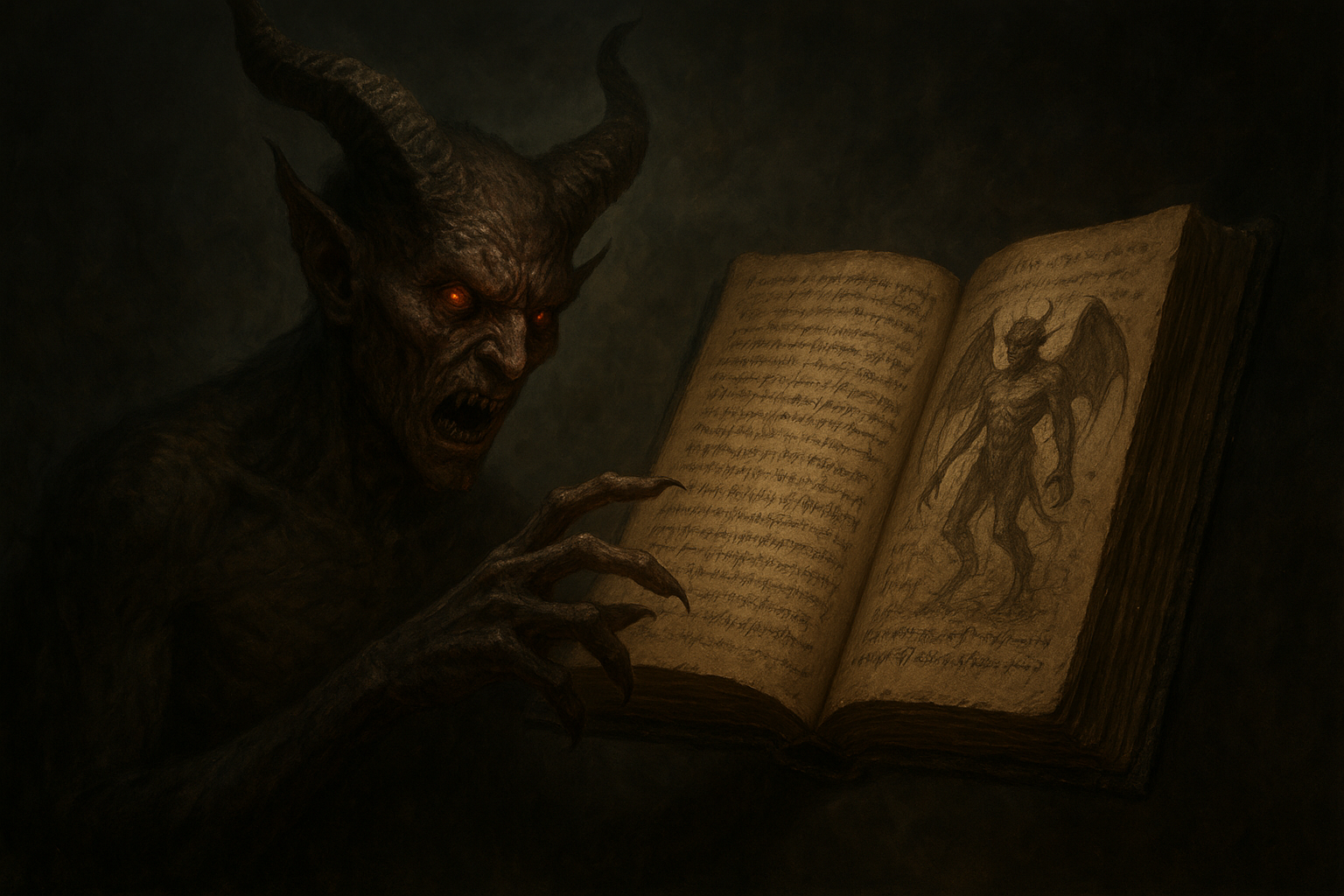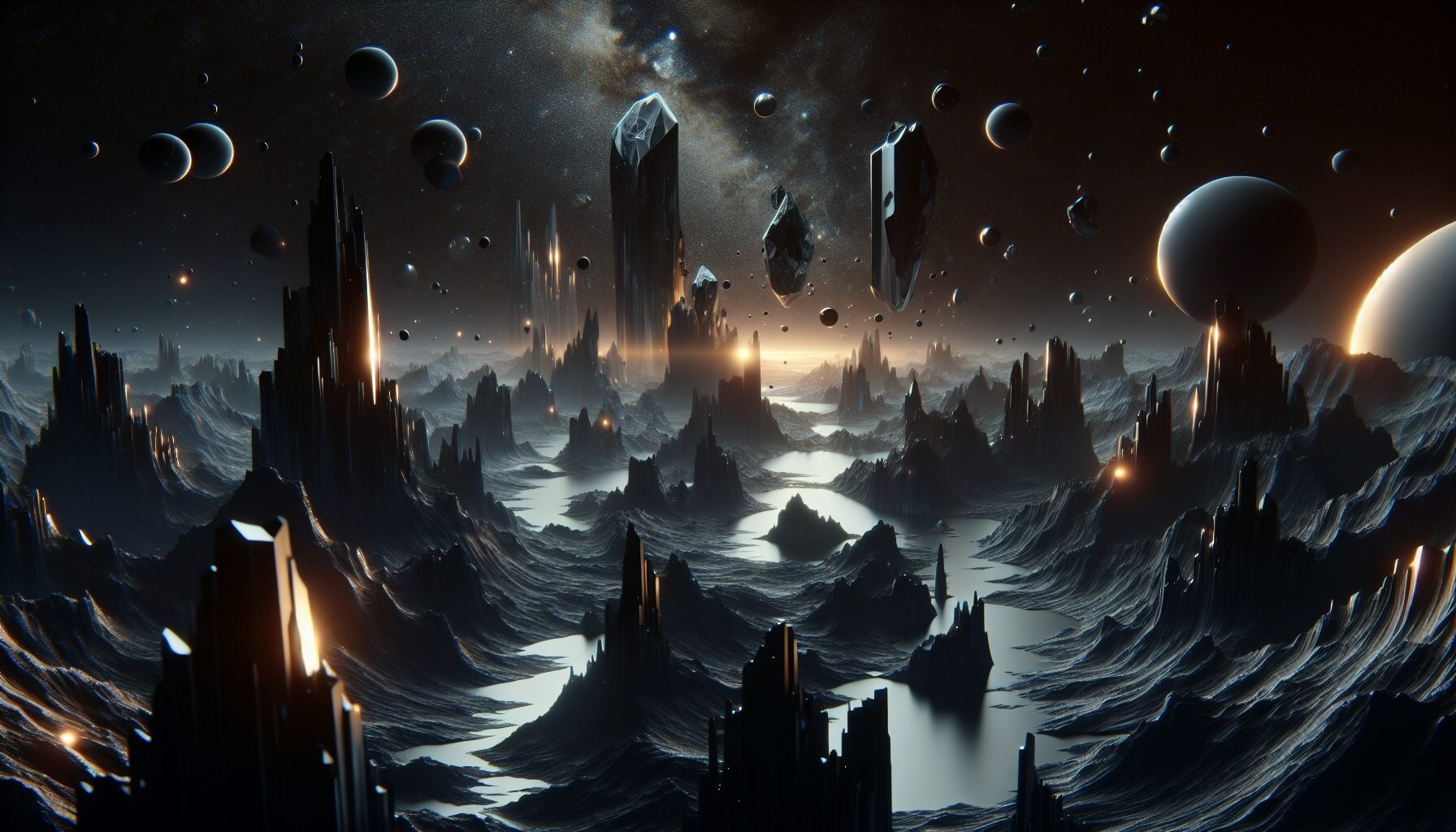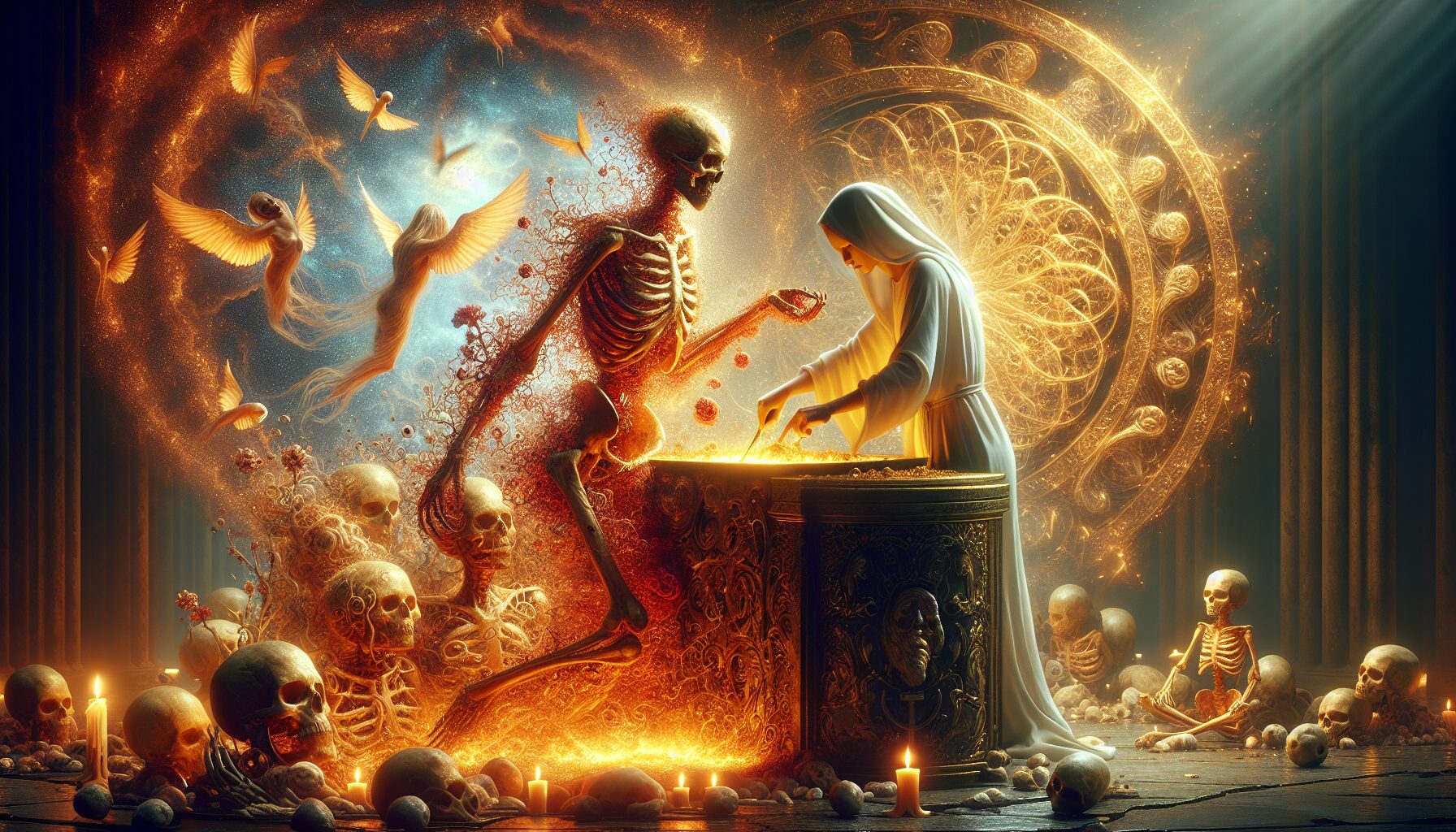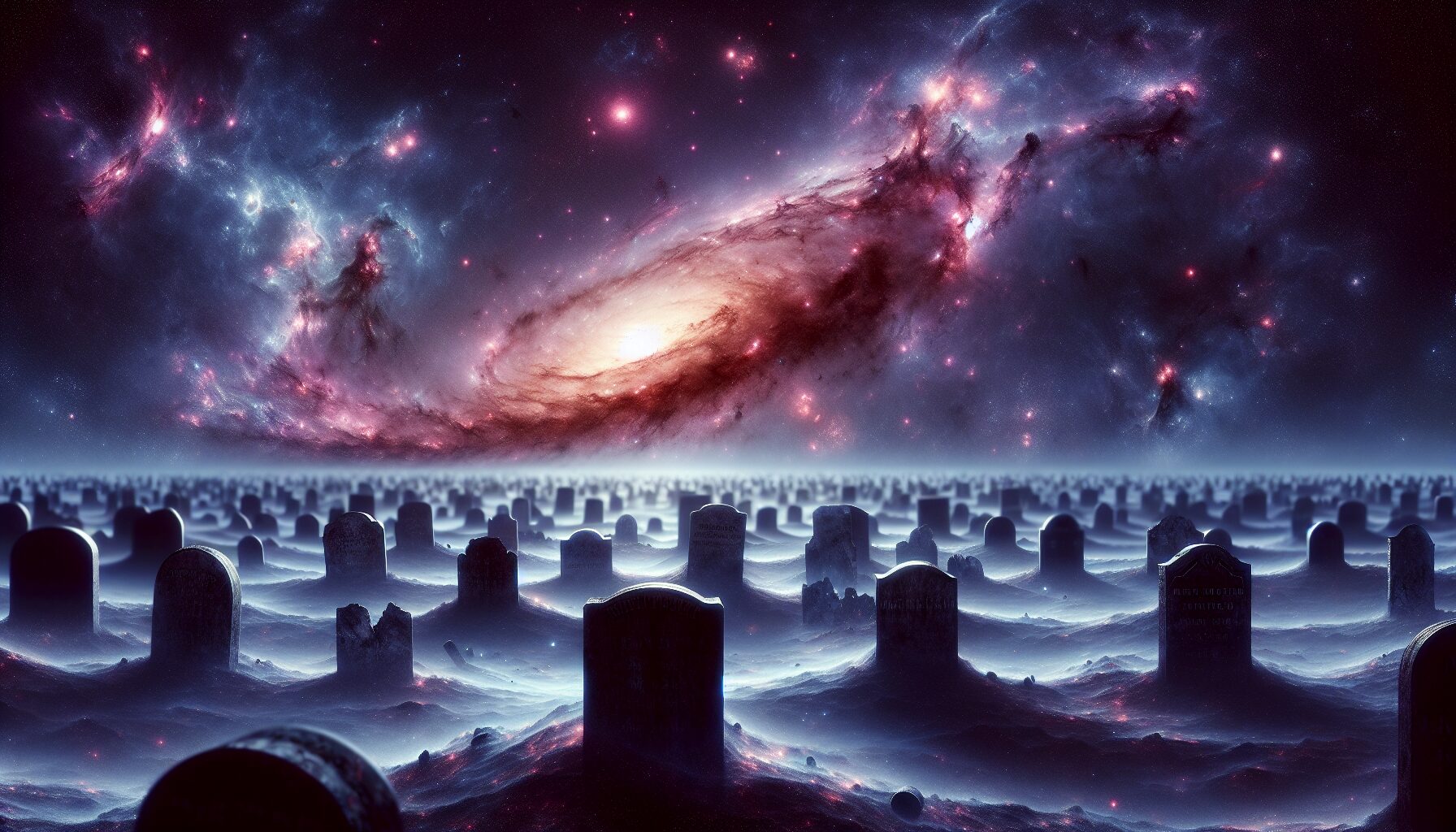In the rich tapestry of mythical fantasy, where the boundaries between imagination and reality are gloriously blurred, “Death’s Codex” stands as an enthralling entry into the world of high-stakes, supernatural intrigue. This latest title in the ever-expanding universe of role-playing games (RPGs) invites players to explore a realm where demons aren’t just relics from ancient lore but active participants in shaping the destiny of entire worlds.
The World of Death’s Codex
At the heart of Death’s Codex is a universe governed by the rules of oblivion—a place where darkness holds sway and demons, each with their own agendas, vie for power and survival. The game invites players to delve into this sinister landscape where every decision can tip the scales toward salvation or destruction.
The developers have meticulously crafted an environment that combines elements of horror, fantasy, and existential inquiry. Inspired by the classics yet imbued with modern sensibilities, the game’s world challenges traditional narratives by asking: What are the true costs of power when death is not the end?
“At every turn, Death’s Codex seeks to redefine the boundaries of horror and fantasy role-playing.”
Demons at the Forefront
The demons in Death’s Codex are not monolithic embodiments of evil but nuanced characters with intricate backstories and motivations. Each demon is a part of the complex tapestry that makes up the Codex, serving purposes that range from the merely mischievous to the outright malevolent.
- Azkalith – Known as the Harbinger of Silence, Azkalith lures victims into unending muteness, trading their voices for the secrets of the universe.
- Faragoth – The Keeper of Lost Souls, Faragoth thrives on the despair of those who have been forgotten by the world, using their pain as currency in the underworld.
- Valstris – A demon of chaos, Valstris revels in disrupting the natural order, warping reality and leaving disorder in their wake.
These demons are designed to be both adversaries and uneasy allies, forcing players to weigh their choices carefully. The interactions with these creatures probe deeply into the realms of moral ambiguity and personal strength.
The Mechanics of Oblivion
The rules of oblivion introduce unique gameplay mechanics that set Death’s Codex apart from other RPGs. Players must navigate a constantly shifting landscape influenced by their own actions and alliances. This dynamic world-building is orchestrated through a series of choices that each carry significant consequences, impacting character development and plot progression.
“Your deeds dictate the very fabric of the Codex, leading to outcomes as varied as the demons themselves.”
Central to these mechanics is the concept of ‘soul currency,’ a system where players barter pieces of their humanity for power, knowledge, or respite from death’s grip.
Moral Complexity
Unlike many RPGs that present morality in binary extremes, Death’s Codex embraces moral complexity. Players must grapple with the ethical dilemmas posed by pacts with demons, while the game provokes discussions about the nature of evil and redemption.
This push towards deeper storytelling is reflected in player testimonials as well as critical reviews. According to a recent review by IGN, “Players will find themselves caught in a web of intrigue that is as intellectually satisfying as it is viscerally engaging.”
Community and Critique
The game’s thriving community has embraced this holistic vision, with forums and fan sites dedicated to unraveling the layers of narrative intricacy. Fans frequently contribute fan fiction, artwork, and gameplay strategies, collectively expanding and enriching the universe of Death’s Codex.
However, the game is not without its criticisms. Some players have noted the steep learning curve associated with mastering the rules of oblivion. Others have expressed frustrations over the game’s difficulty levels, which can be unforgiving for beginners. Nevertheless, these challenges enhance the sense of accomplishment for those who persevere, adding depth and value to the game experience.
A Final Verdict
Death’s Codex is a haunting tale woven through with threads of grand ambition, ethical nuance, and cunning gameplay. It stands as a testament to the ever-evolving landscape of RPGs, one that invites newcomers and veteran players alike to confront their darkest fears and desires.
In the end, Death’s Codex is more than just a game; it is an exploration of what it means to exist at the intersection of hope and despair. As players journey through this netherworld, they must decide what they are willing to sacrifice in their search for truth, a question that resonates long after the screen fades to black.









